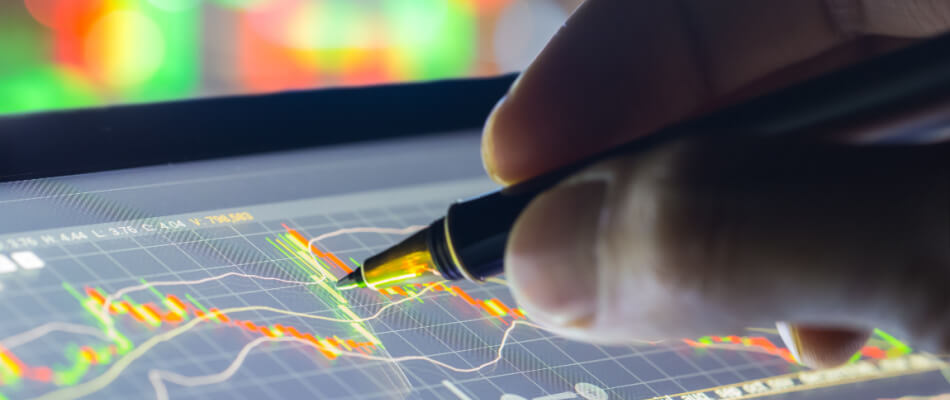Commercial asset management: what is it?
Many have accumulated their wealth thanks to their own company. This wealth can be accumulated through the sale of the company, through the increase in value of the shares, or simply from the salary and profit distribution. Whatever the reason, individuals who have accumulated business wealth want to manage it well. They can do this themselves, but they can also choose to engage business wealth management
. They take the stress and research time out of your hands and ensure that the entrepreneur has time to do what he or she is good at: doing business.
Assets within the BV, or private?
Suppose you have built up assets within a BV. What do you do with it? Do you keep it within the BV as a kind of piggy bank, do you pay it out in the form of dividends? There are a number of factors that play a role in this consideration. What is chosen depends on the following points:
- The amount of wealth,
- How much return is achieved,
- What percentage of corporate tax is paid,
- Whether there is a tax partner,
- Whether there is more wealth in box 3 or more debts.
- The ability to benefit from the compound interest effect by not yet having assets paid out.
With larger assets, it can be more attractive to invest assets in a BV. These assets are taxed relatively more heavily in box 3 than small assets. For assets above a million, a BV is therefore often the best place. After all, only wealth tax and corporate tax are paid within a BV.
If a loss is booked, this can be nicely deducted from the tax, which can make a big difference.

BV and private investments
There is also a middle way. Namely keeping a portion in the BV and investing a portion privately. This can be in the form of real estate investments, but also gifts to children or investments with an asset manager.
Open a business investment account
Opening a business account is not possible with every provider. Sometimes it is not possible online and an appointment is needed. In addition, a number of papers are needed to open the account, namely:
- Extract from the Chamber of Commerce trade register
- Copy of valid ID of each driver
- Copy of company articles of association
- Declaration of Ultimate Beneficial Owner
- Form Determining Foreign Tax Status
- Legal Entity Identifier
Business asset management
Investing business assets can be a very attractive way to ‘put this asset to work’. A good return can be achieved by investing the assets through a business asset manager. These organisations ensure that the money is invested actively or passively (depending on the choice made by the wealthy individual). With a business asset manager, investments can also be made individually. In this case, the wealthy individual has a say in how and where the assets are invested. The goal of the wealthy individual is also taken into account. Is it as much return as possible, or perhaps helping small businesses or charities?